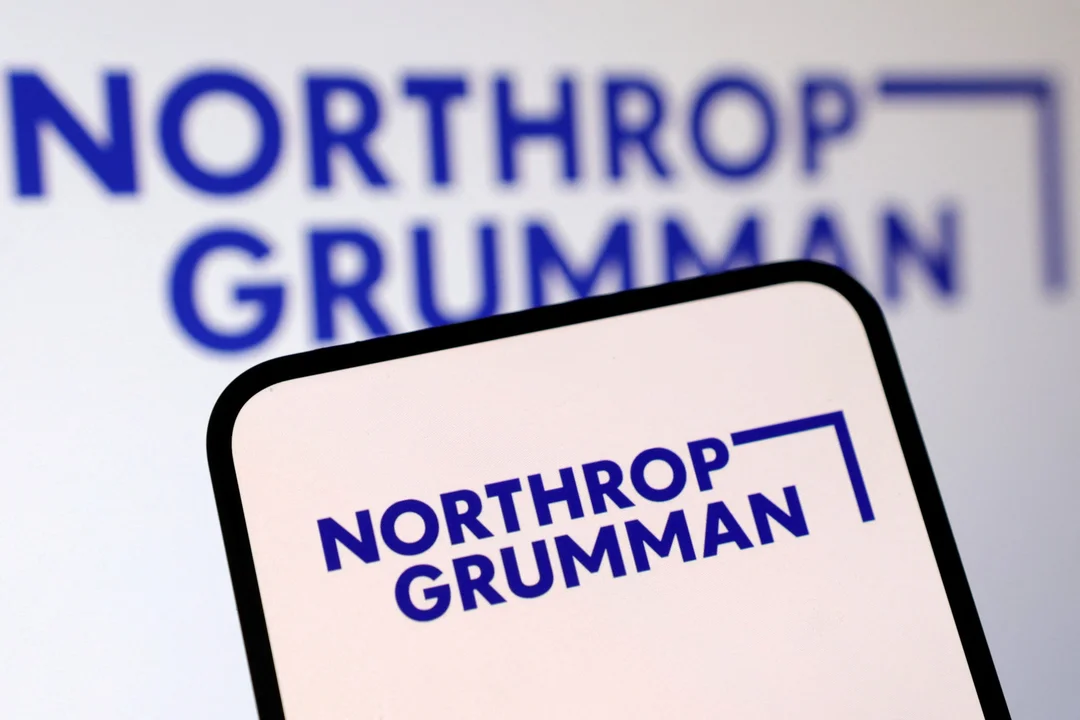
Northrop Grumman Invests $50M in Firefly Aerospace, Fuels Development of Eclipse Rocket
Northrop Grumman is betting big on the future of space launch, investing $50 million in Firefly Aerospace to accelerate the development of the Eclipse medium-lift launch vehicle. This move, announced on May 29th, underscores the increasing demand for versatile and affordable space access, especially for national security and commercial missions.
The investment is part of a larger $175 million Series D round that values Firefly at over $2 billion, signaling strong confidence in the company's ability to deliver on its promises. The Eclipse rocket is designed to carry up to 16,300 kilograms to low Earth orbit, bridging the gap between smaller launch vehicles and the heavy lifters. According to Wendy Williams, vice president and general manager of launch and missile defense systems at Northrop Grumman, "Eclipse gives customers the right balance between payload capacity and affordability."

This partnership extends beyond mere investment. Firefly and Northrop Grumman are already collaborating on the Antares 330, an interim vehicle utilizing a Firefly-developed first stage to launch Cygnus cargo vehicles to the International Space Station (ISS). Eclipse leverages this existing relationship, employing the same first stage along with a new upper stage and a larger payload fairing.
"Firefly is incredibly grateful for Northrop Grumman’s investment that further solidifies our first-of-its-kind partnership to build the first stage of Antares 330 and jointly develop Eclipse," stated Jason Kim, CEO of Firefly Aerospace.
While Antares 330 focuses on ISS resupply, Firefly envisions a broader role for Eclipse, particularly in national security space. The company is targeting the National Security Space Launch (NSSL) Phase 3 contract, specifically Lane 1, which is designed for newer vehicles that don't necessarily need to meet all the performance requirements of top-tier national security missions.
The U.S. Space Force has already onboarded new vehicles onto Lane 1, including Rocket Lab's Neutron and Stoke Space's Nova. A solicitation for additional vehicles is expected in early fiscal year 2026.
Development of Eclipse is ongoing, with continued testing of the Miranda engine and the creation of flight hardware. The first launch is currently slated for no earlier than 2026 from Wallops Island, Virginia.
Interestingly, Northrop Grumman's CEO, Kathy Warden, recently indicated that the company's growth in space would primarily come from launch activities, rather than NASA programs, citing concerns over NASA budget constraints. This investment in Firefly further reinforces this strategic shift.
Ultimately, this investment signifies a significant step toward more accessible and versatile space launch capabilities. It will be interesting to see how the future cooperation between Firefly and Northrop Grumman will unfold.
What are your thoughts on this investment? Share your comments below!